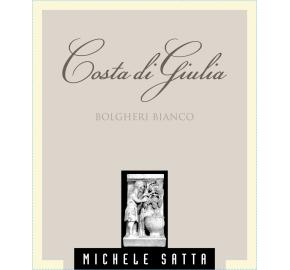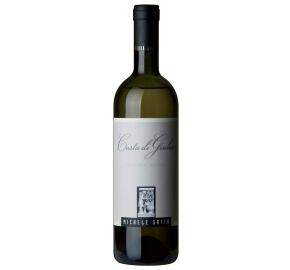This product is no longer available. Please choose another vintage above.
Michele Satta - Costa Di Giulia Bianco 2018
- Producer Michele Satta
-
Blend
30% Sauvignon Blanc
70% Vermentino - Country Italy
- Region Tuscany
- Appellation Bolgheri
- UPC 830294003186
Tasting notes
Description
The vines are trained on the Guyot method, undergoing a Spring pruning with all work in the vineyards completed by hand. The strictest of care is given to the vines during the maturation of the fruit, (an advantage that one enjoys as a small producer). The wine undergoes a natural decantation of the refrigerated must, followed by fermentation, temperature controlled. The wine is filtered and bottled in Spring after a rest on the fine lees. The remarkable aromatic personality and the great structure are enhanced in the evolution, so I suggest to drink it from the second year.


